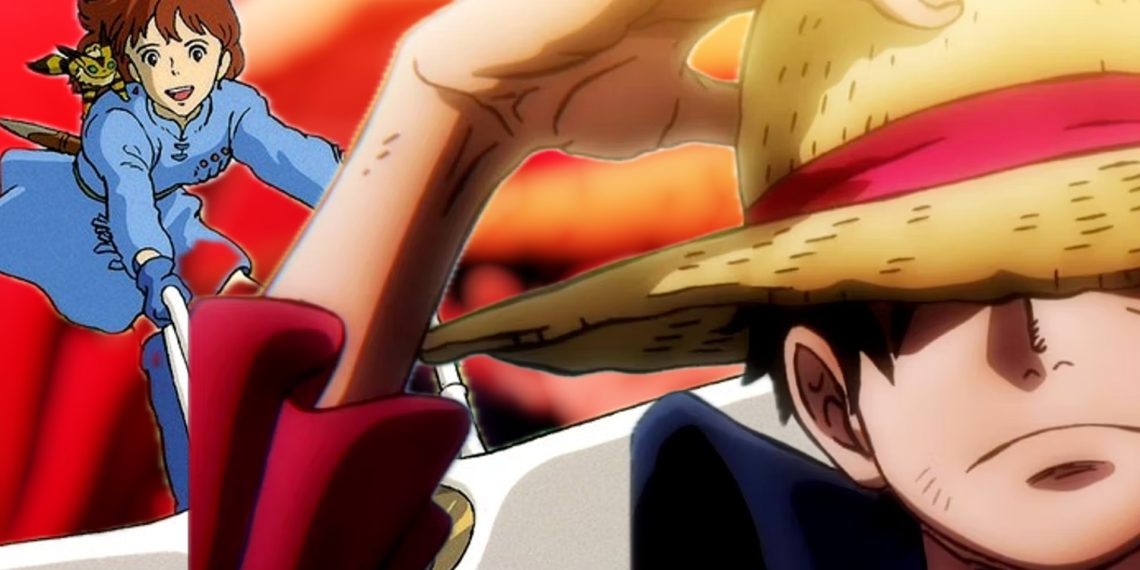Eiichiro Oda, the renowned creator of the beloved anime and manga series One Piece, has been quite vocal about his reluctance to kill off characters in the series.
While there have been instances of character deaths in the show, the only major character whose demise was portrayed was Luffy’s brother and Gol D. Roger’s son, Portgas D. Ace.
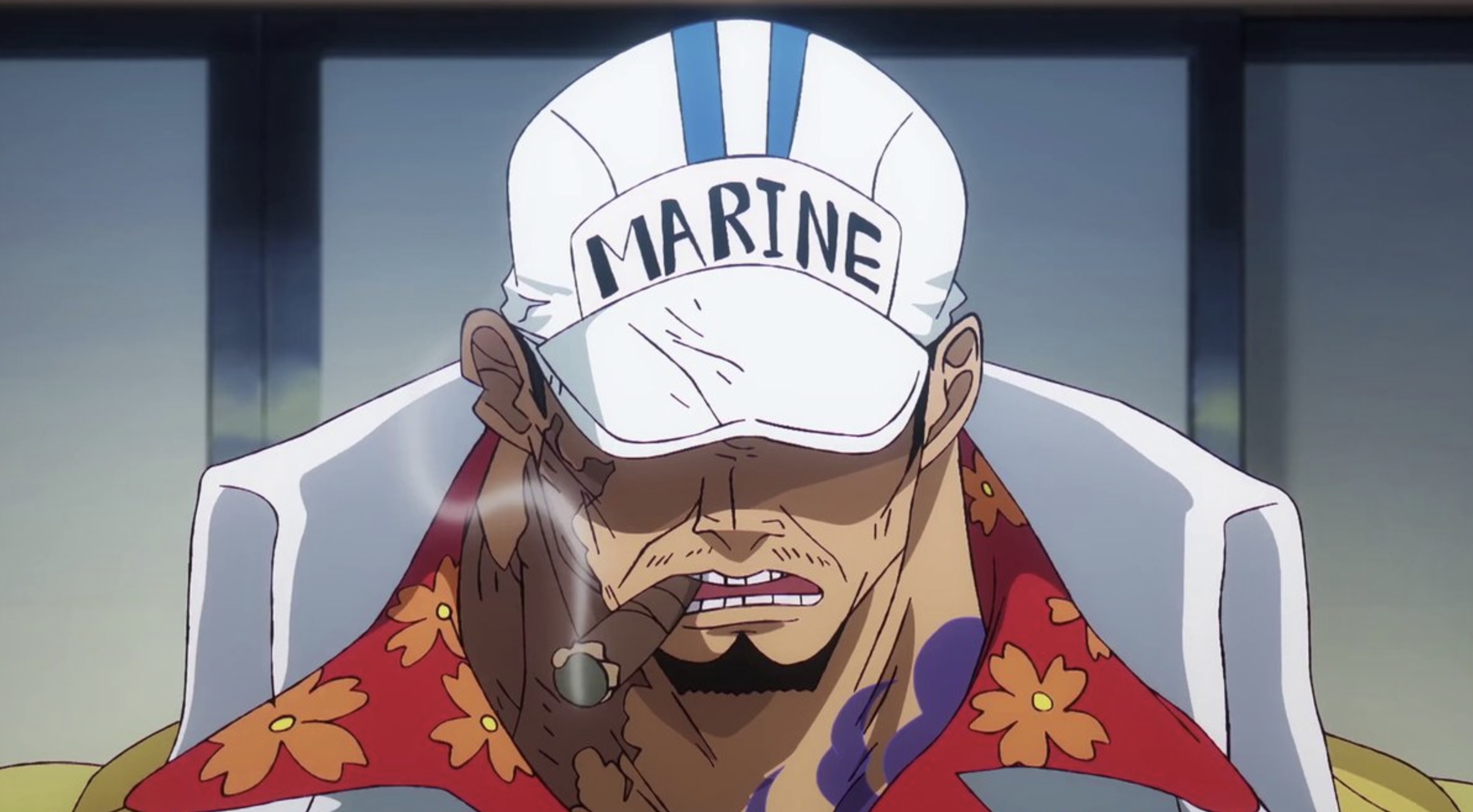
Throughout the almost three decades of One Piece’s existence, Oda has provided various reasons for his hesitance to eliminate characters.
He has claimed that because he enjoys hosting grand celebrations after each story arc, killing a character would dampen the celebratory spirit, an emotion he deeply dislikes.
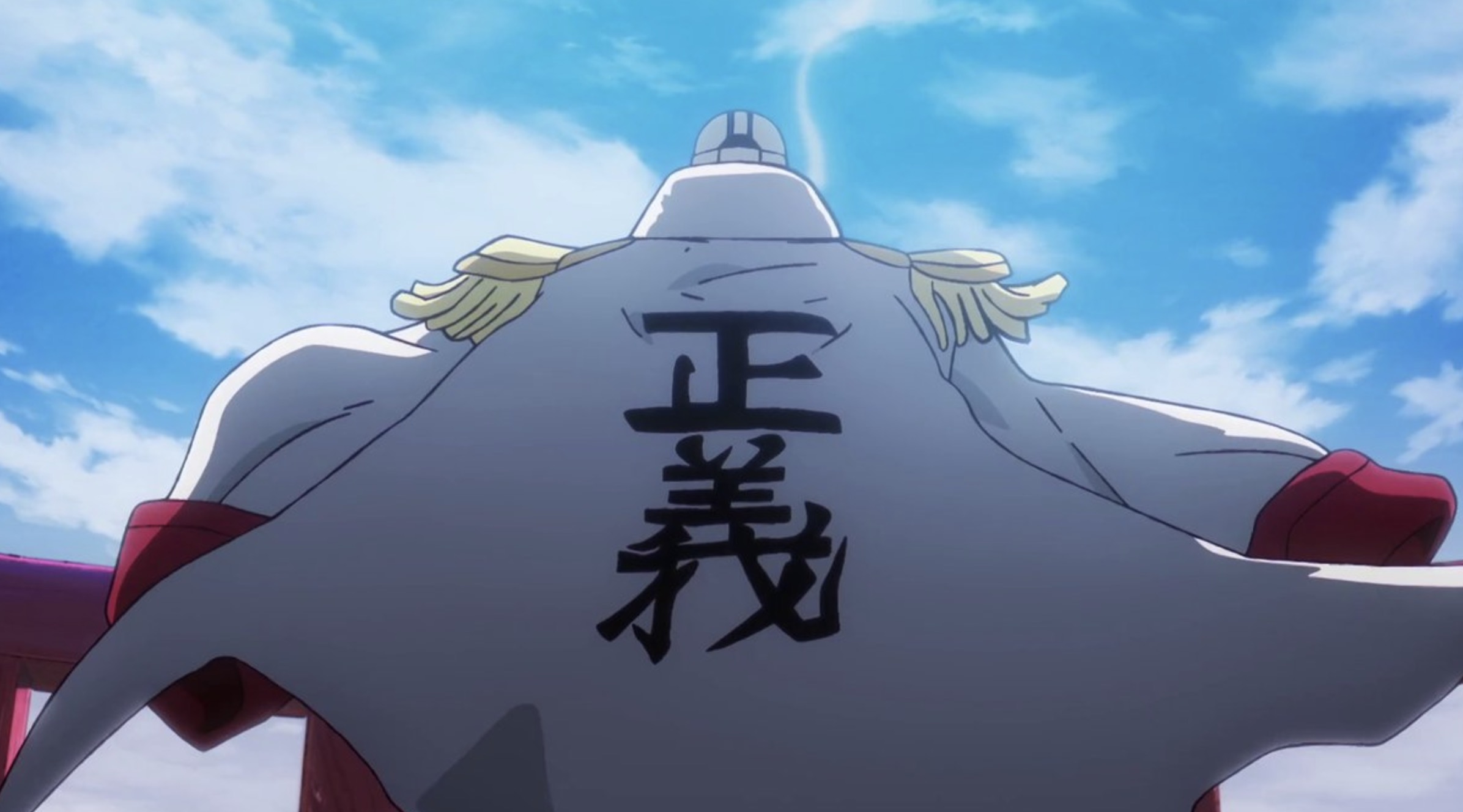
However, the true reason behind Oda’s refusal to kill off One Piece characters is different.
In an interview, the mangaka of One Piece discussed the actual reason why he avoids killing characters.
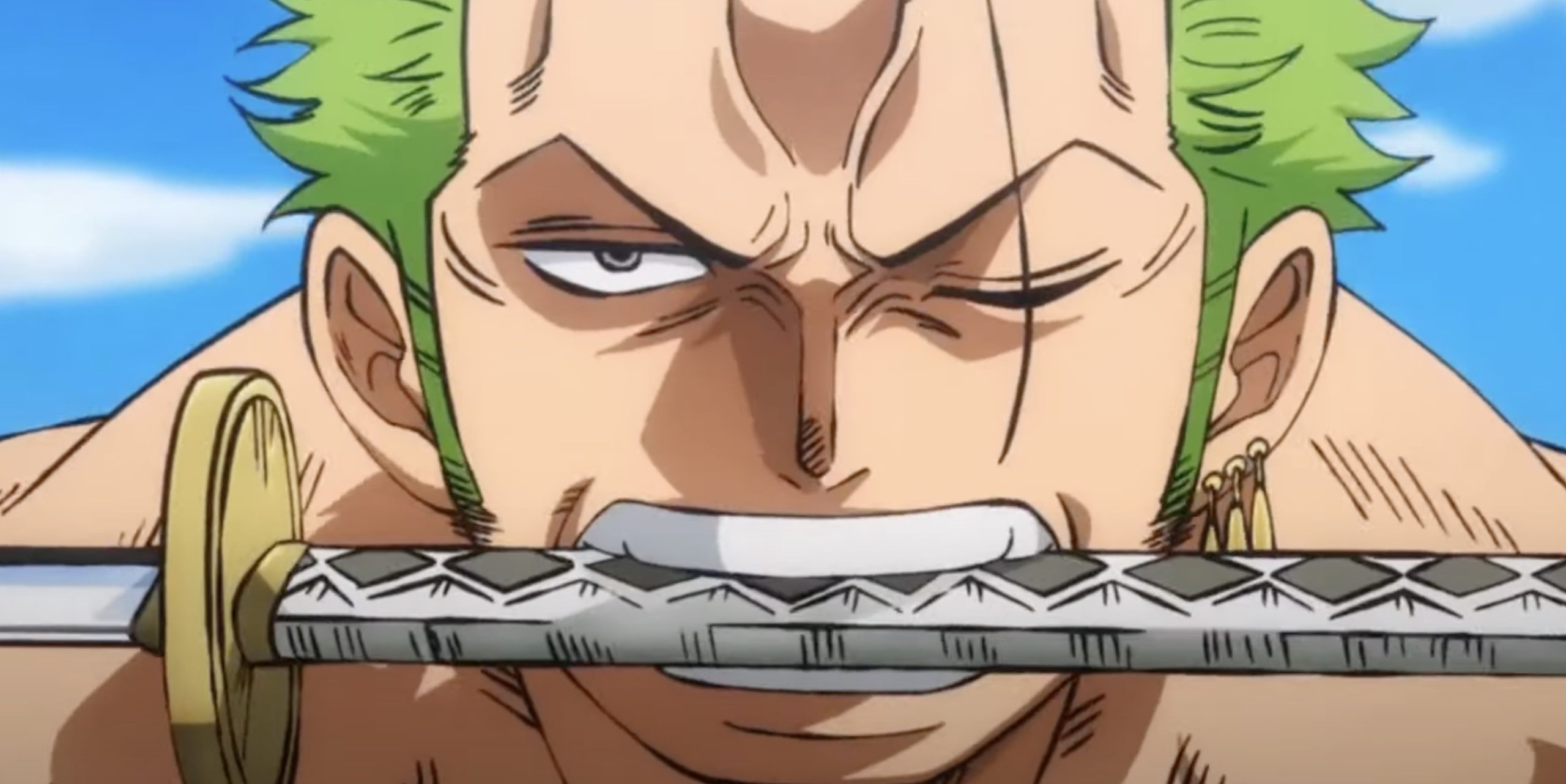
He revealed that one of Studio Ghibli’s films had a profound influence on him, leading him to decide against killing off characters in One Piece. The movie in question was the captivating Nausicaä of the Valley of the Wind.
Eiichiro Oda’s Inspiration from Nausicaä of the Valley of the Wind
In a 1998 interview with Comickers, which was later published on the Hatena Blog, the renowned creator of One Piece, Eiichiro Oda, delved into the emotional impact of various films and anime series.
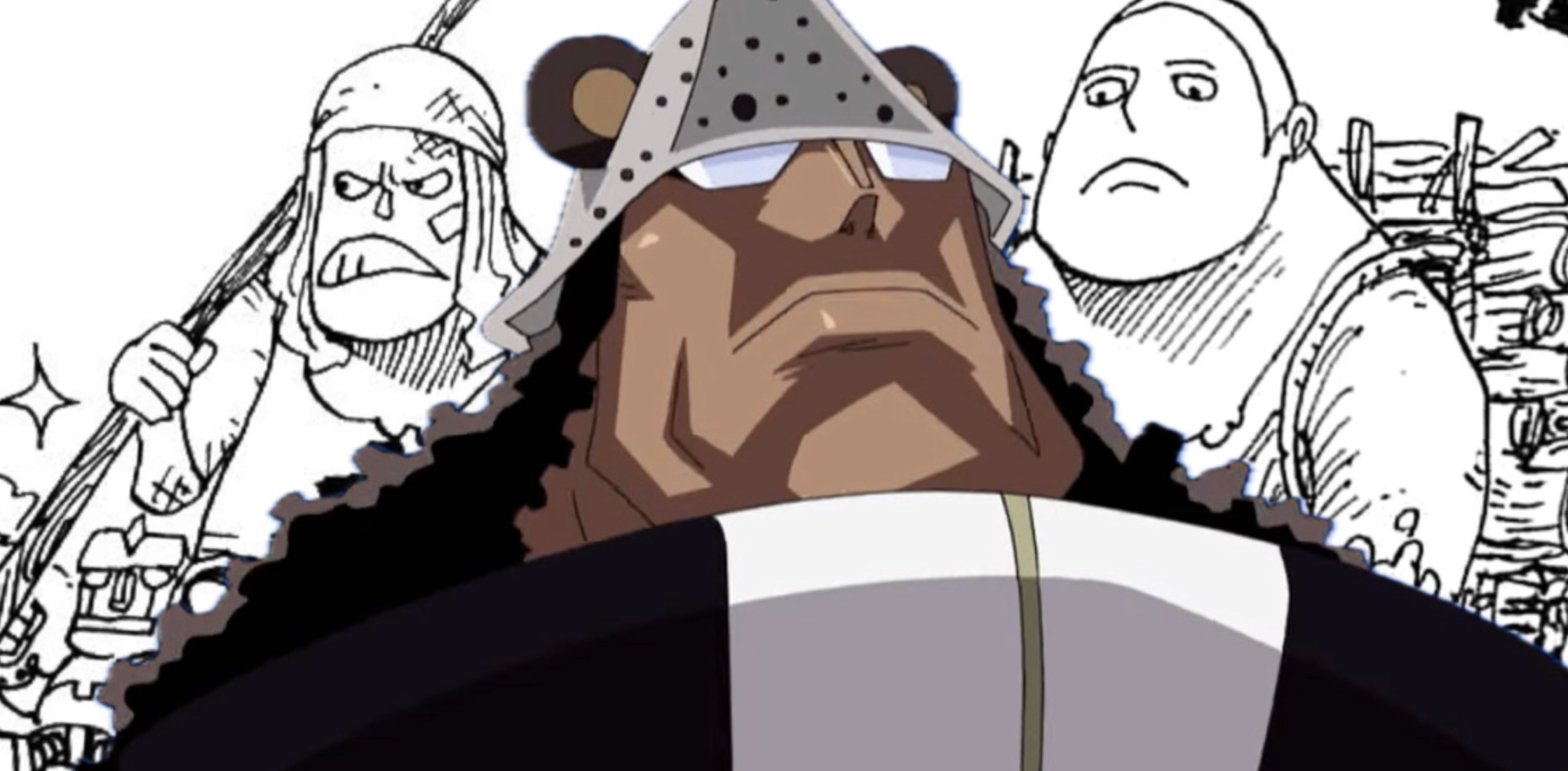
As Oda shared his thoughts on scenes that deeply resonated with him, he revealed the specific movie that inspired his approach to handling character deaths in the beloved One Piece franchise.

Oda mentioned that when he watched Nausicaä of the Valley of the Wind, he was struck by the profound ability of the film to move its audience without resorting to character deaths.
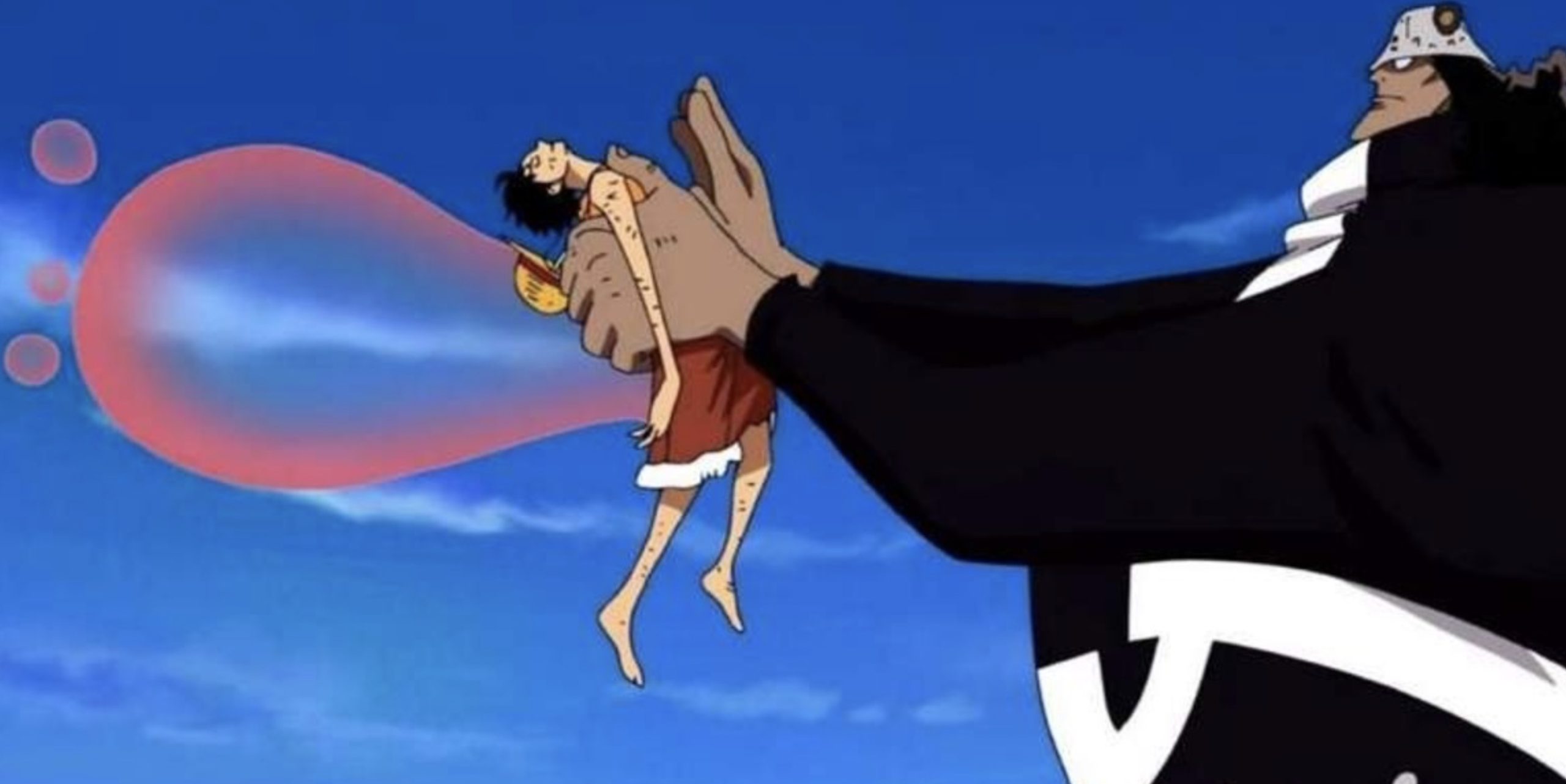
He expressed his desire to emulate this approach, stating that his goal was to evoke strong emotions in viewers without killing off characters.
Oda believed that killing characters seemed like an easy way out, but acknowledged that if the natural progression of the story demanded it, he would comply.
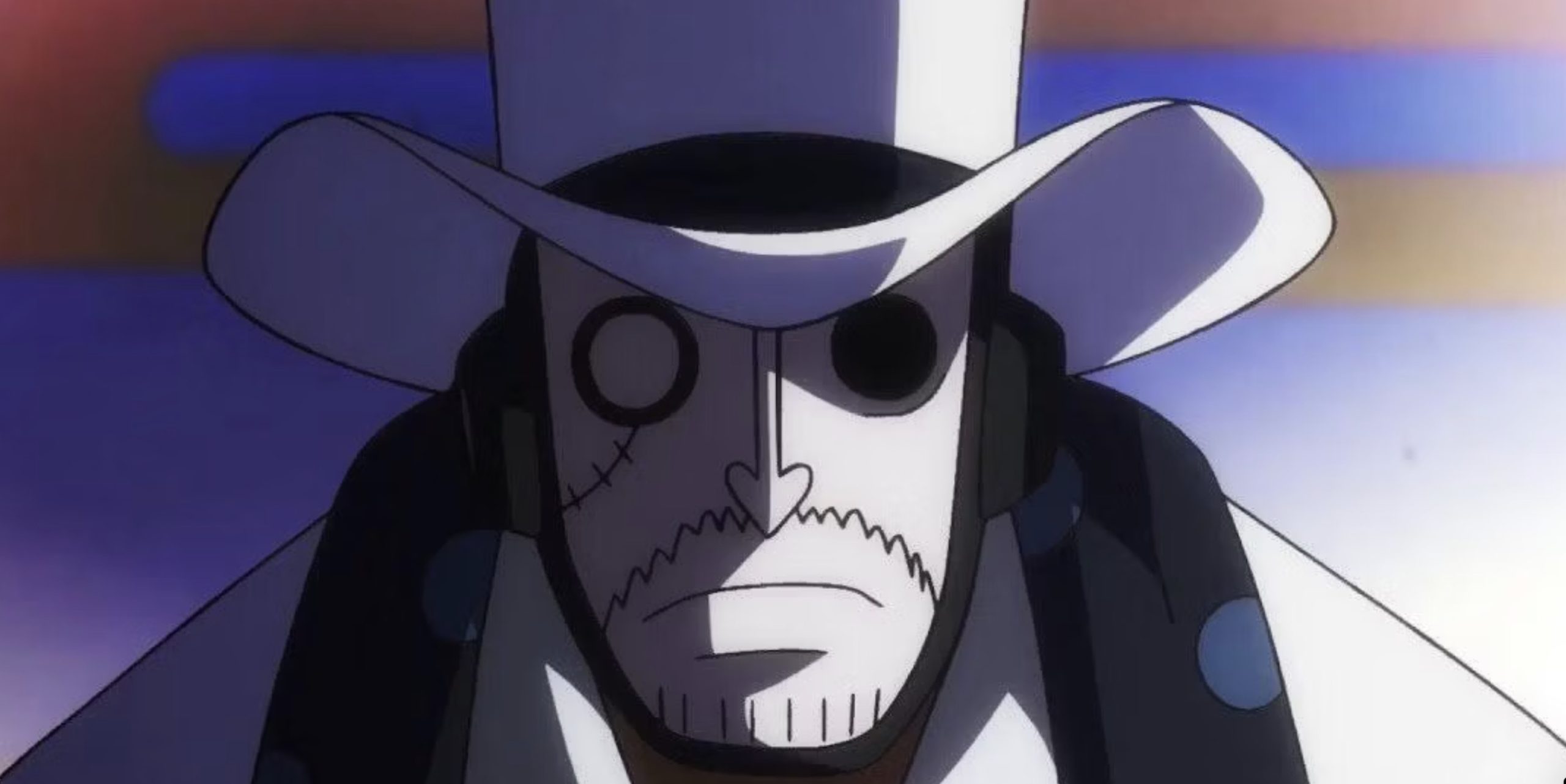
However, for the time being, he firmly believed in the power of storytelling to touch people’s hearts without the need for character deaths.
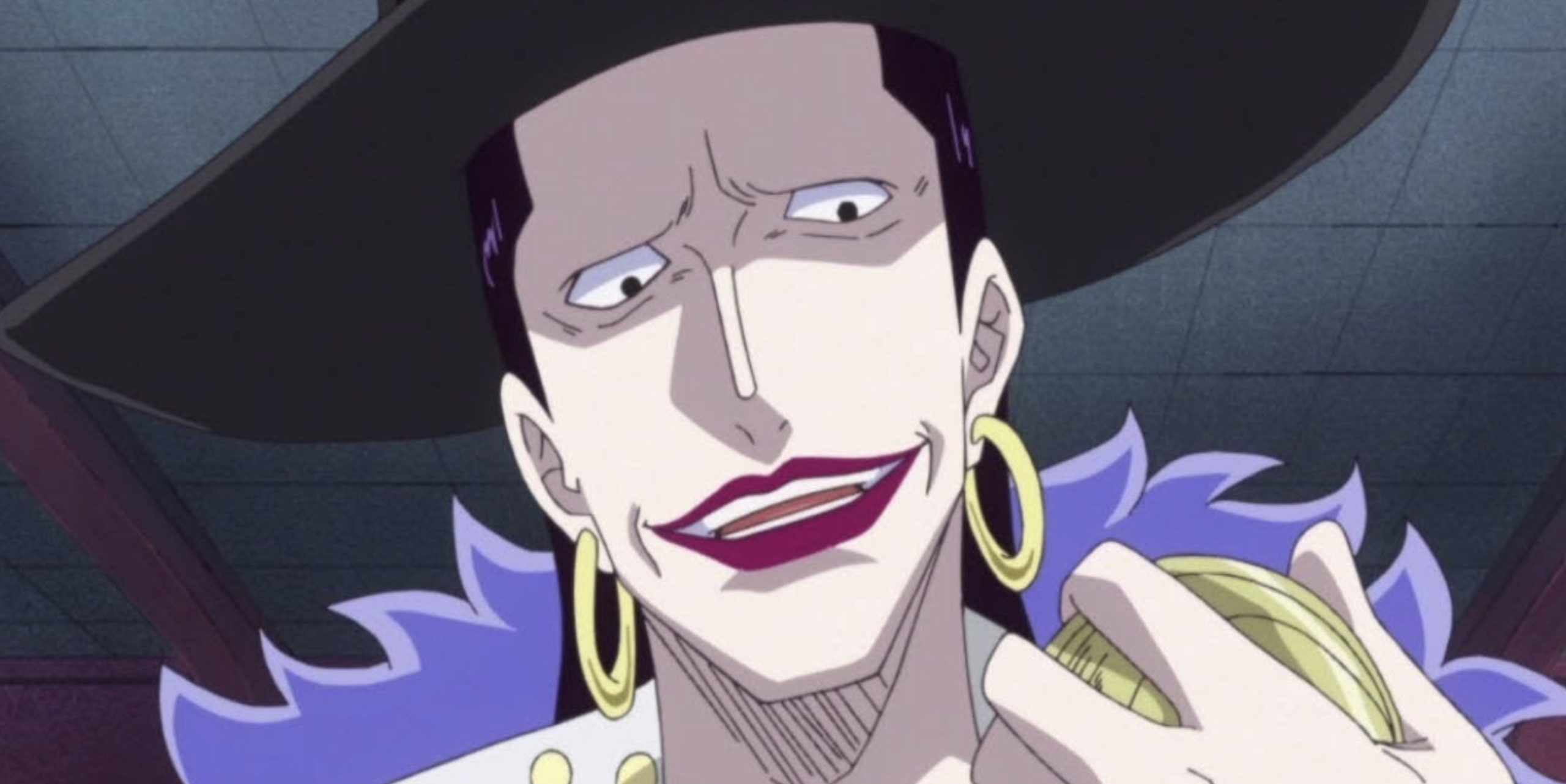
According to Oda’s own words, the realization that Nausicaä of the Valley of the Wind could elicit tears and emotional responses from viewers without killing off its characters profoundly influenced his approach.
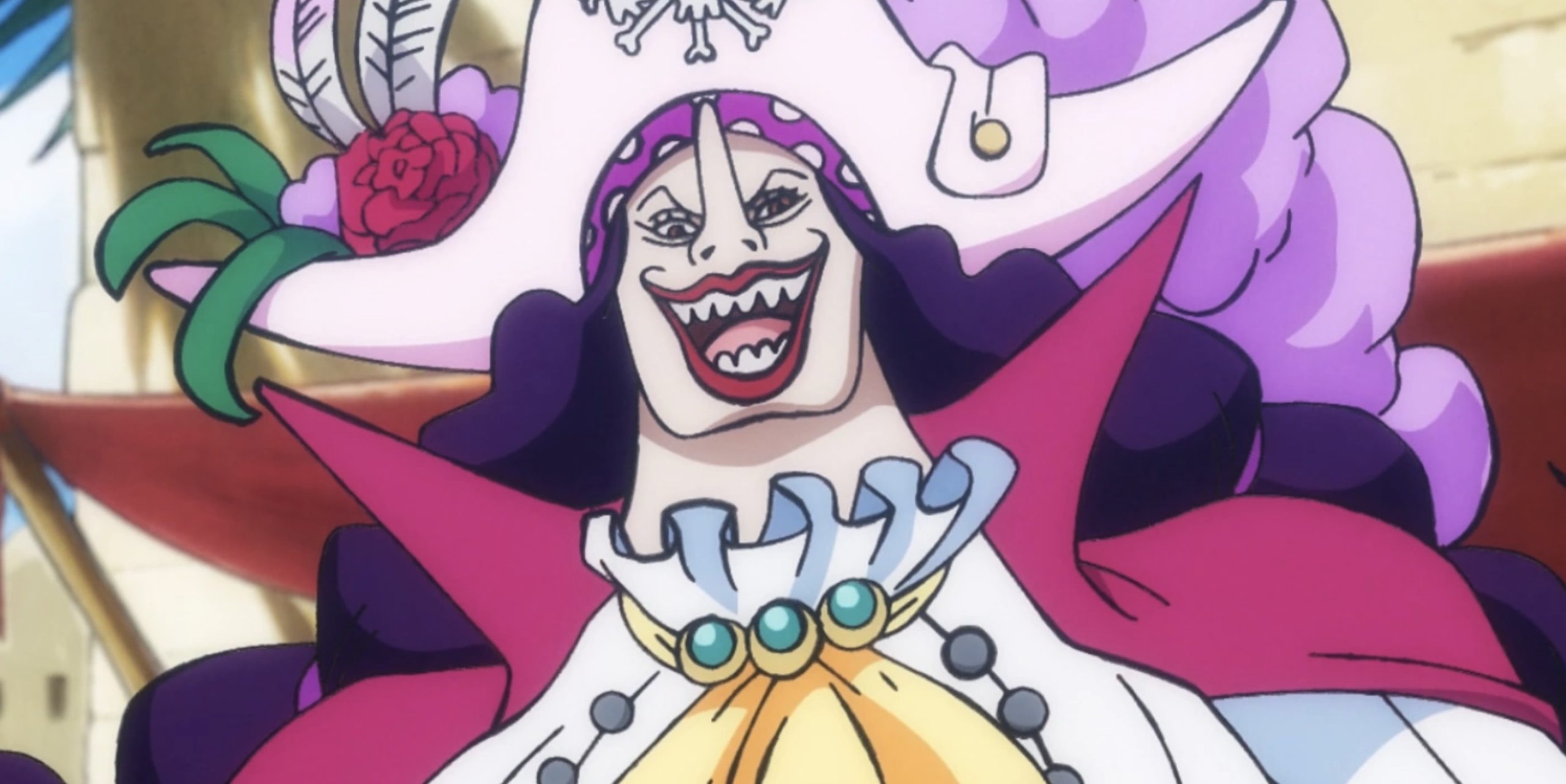
This understanding inspired him to follow a similar path with his own series, One Piece and has since become one of the primary reasons for the general absence of major character deaths in the narrative.
How Nausicaä of the Valley of the Wind Inspired Oda Sensei
Nausicaä of the Valley of the Wind, a post-apocalyptic animated fantasy film, was written and directed by the legendary Hayao Miyazaki in 1984. It was based on his 1982 manga of the same name.
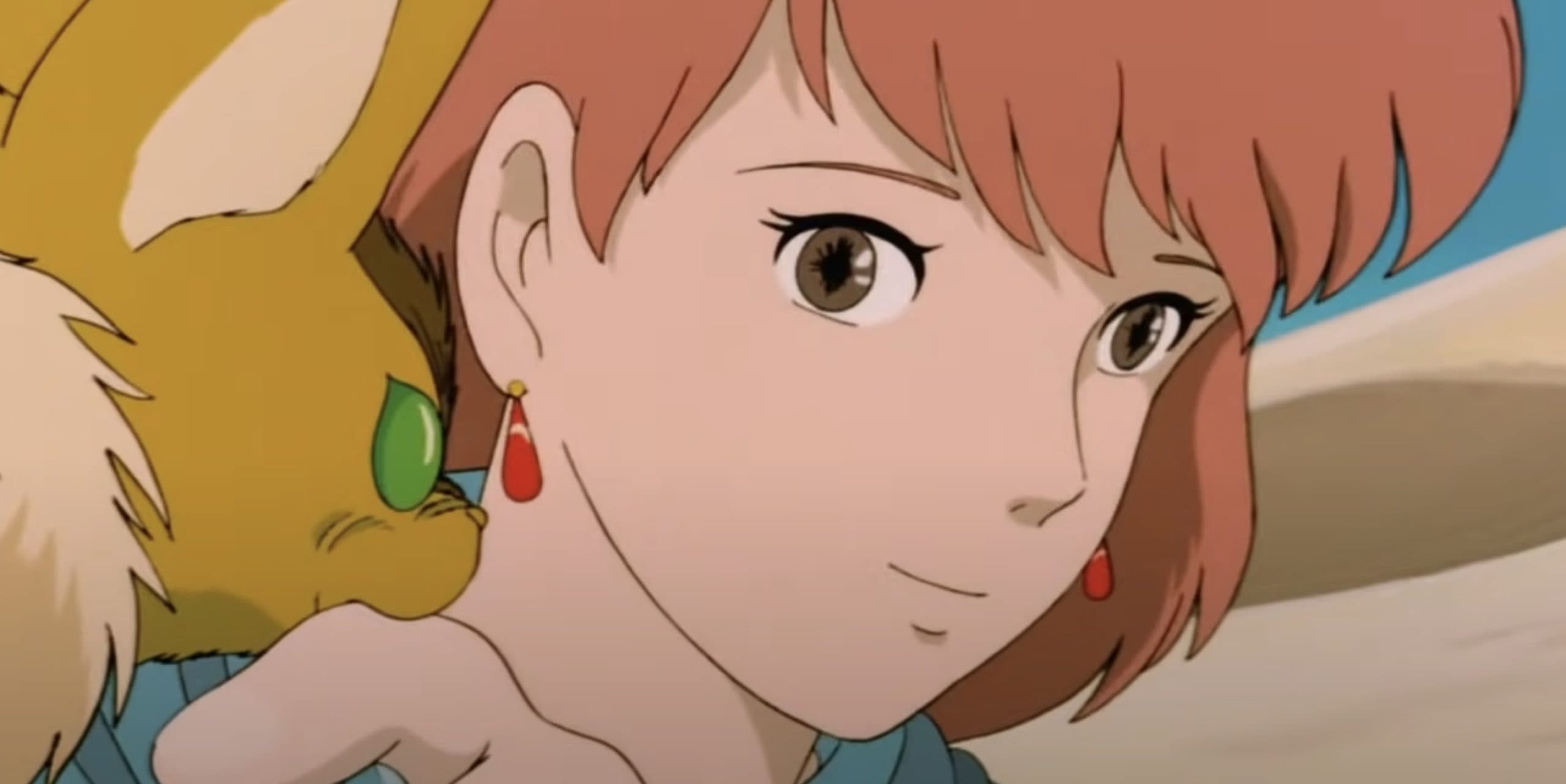
The film was distributed by Toei Company after being animated by Topcraft for Tokuma Shoten and Hakuhodo.

The story follows Nausicaä (voiced by Shimamoto), a teenage princess from the Valley of the Wind, set in a post-nuclear futuristic world.
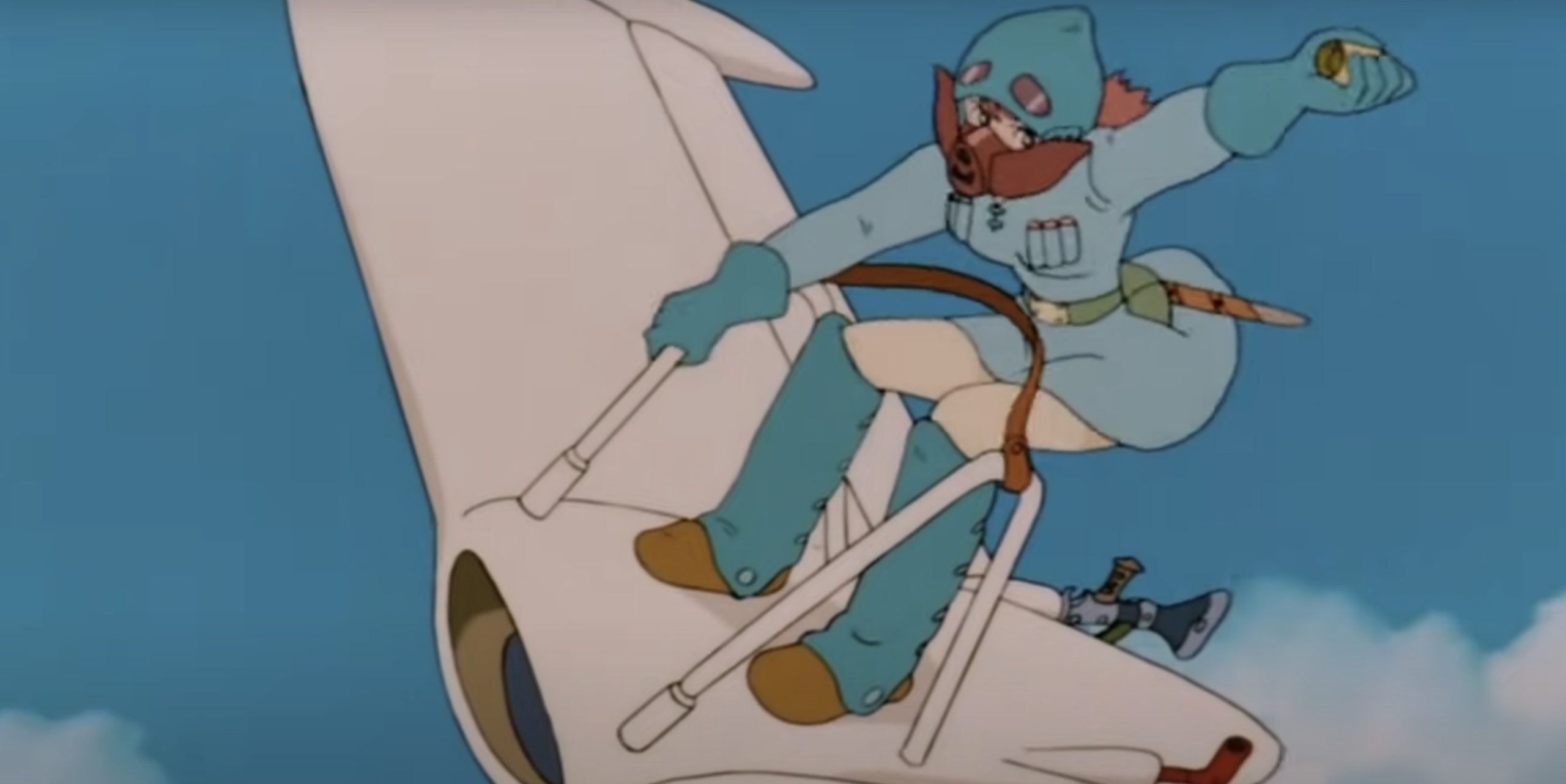
She becomes embroiled in a conflict with Tolmekia, a kingdom seeking to harness an ancient weapon to destroy a vast mutant bug jungle.
This emotionally charged fantasy film has received critical acclaim and is regarded as one of Miyazaki’s most successful projects.
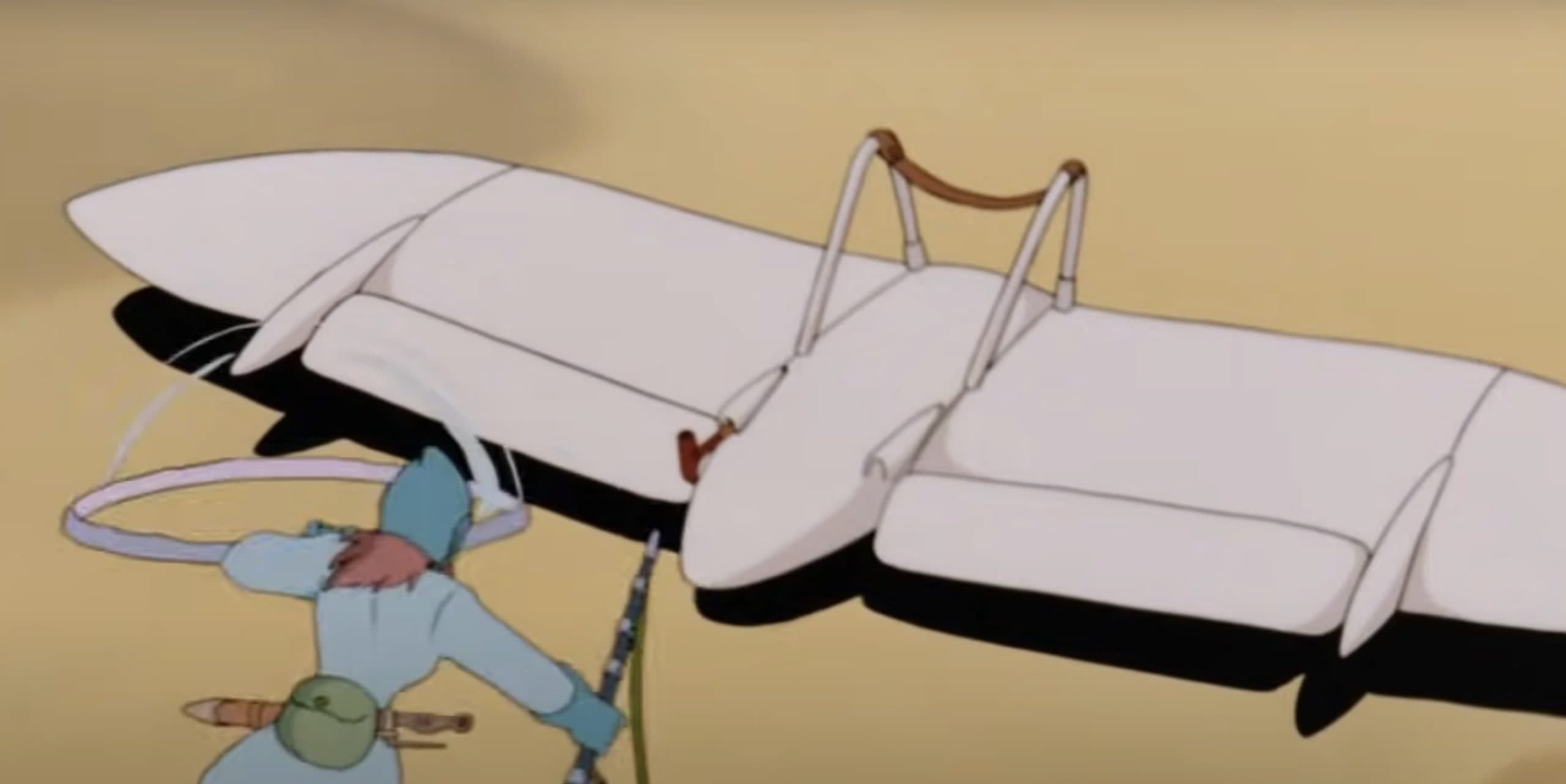
Although created before the establishment of Studio Ghibli, Nausicaä of the Valley of the Wind is widely considered a Ghibli production and has been made available on DVD and Blu-ray as part of the Studio Ghibli Collection.
Eiichiro Oda, the creator of One Piece, drew inspiration from this film. It gave him the realization that powerful emotions could be evoked in fans without the need to kill off characters.
More About One Piece
The expansive world of One Piece is inhabited by a diverse array of races, including humans, dwarves (akin to faeries in size), giants, merfolk, fish-men, long-limbed tribes, the long-necked Snakeneck Tribe, and animal people known as “Minks.”
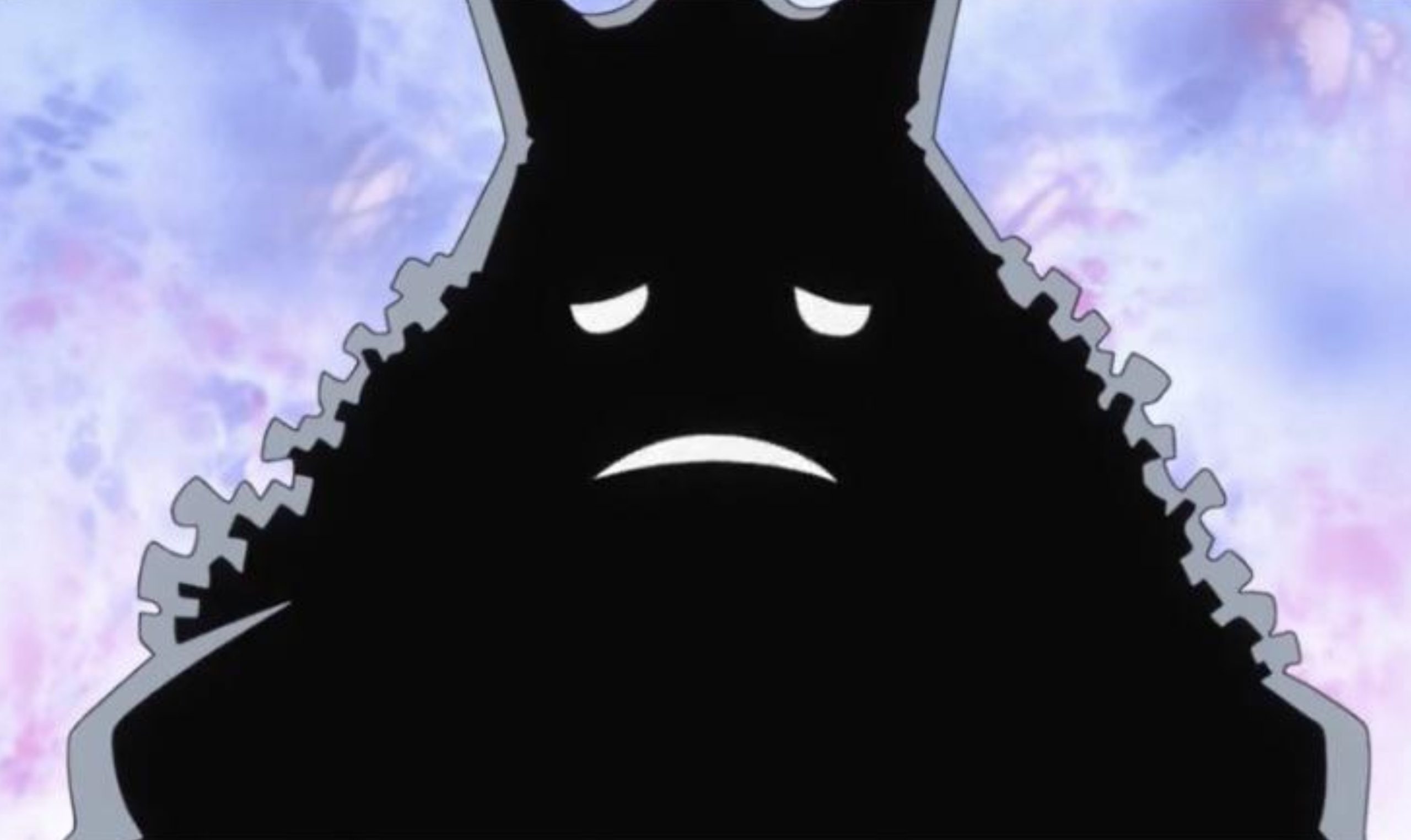
This vast world is governed by an intercontinental organization called the World Government, comprising dozens of member countries.
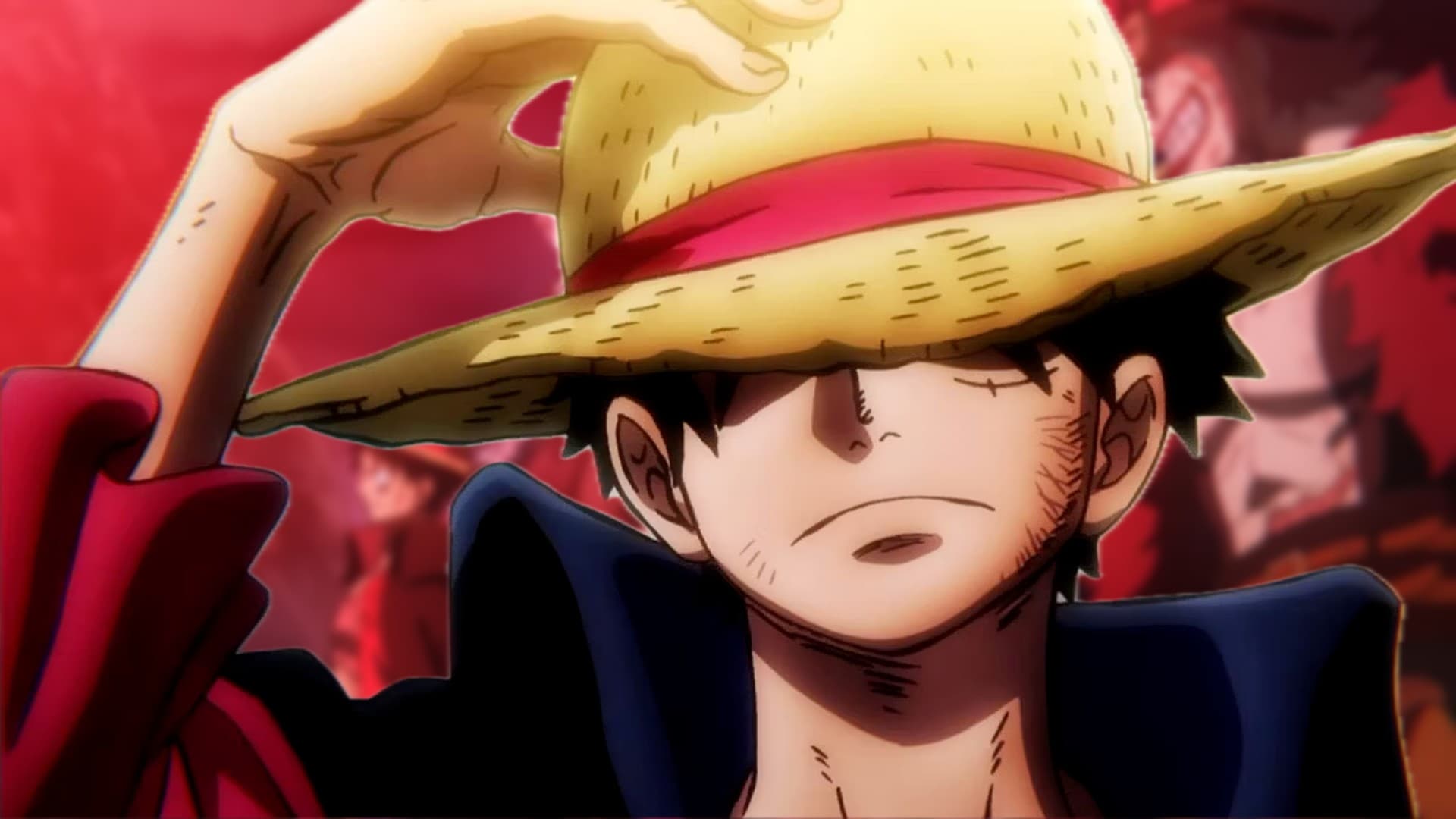
The Navy serves as the sea military branch of the World Government, tasked with protecting the known seas from pirates and other criminals.
There is also Cipher Pol, a group of agencies within the World Government that function as their secret police.
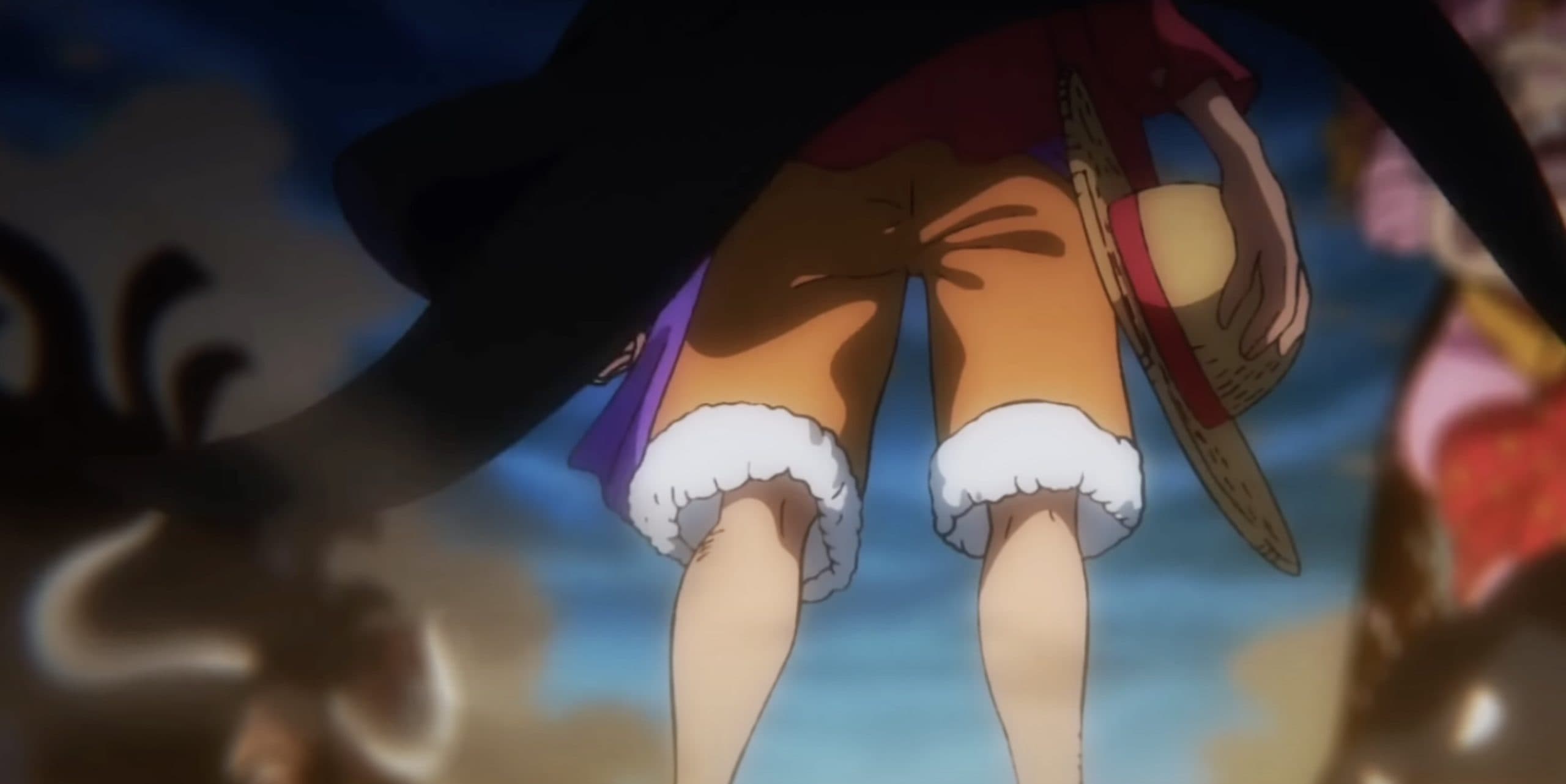
While pirates pose a significant threat to the Government, the true challengers to their rule are the Revolutionary Army, who seek to overthrow the World Government’s authority. The central conflict of the series revolves around the clash between the World Government and its forces versus the pirates.
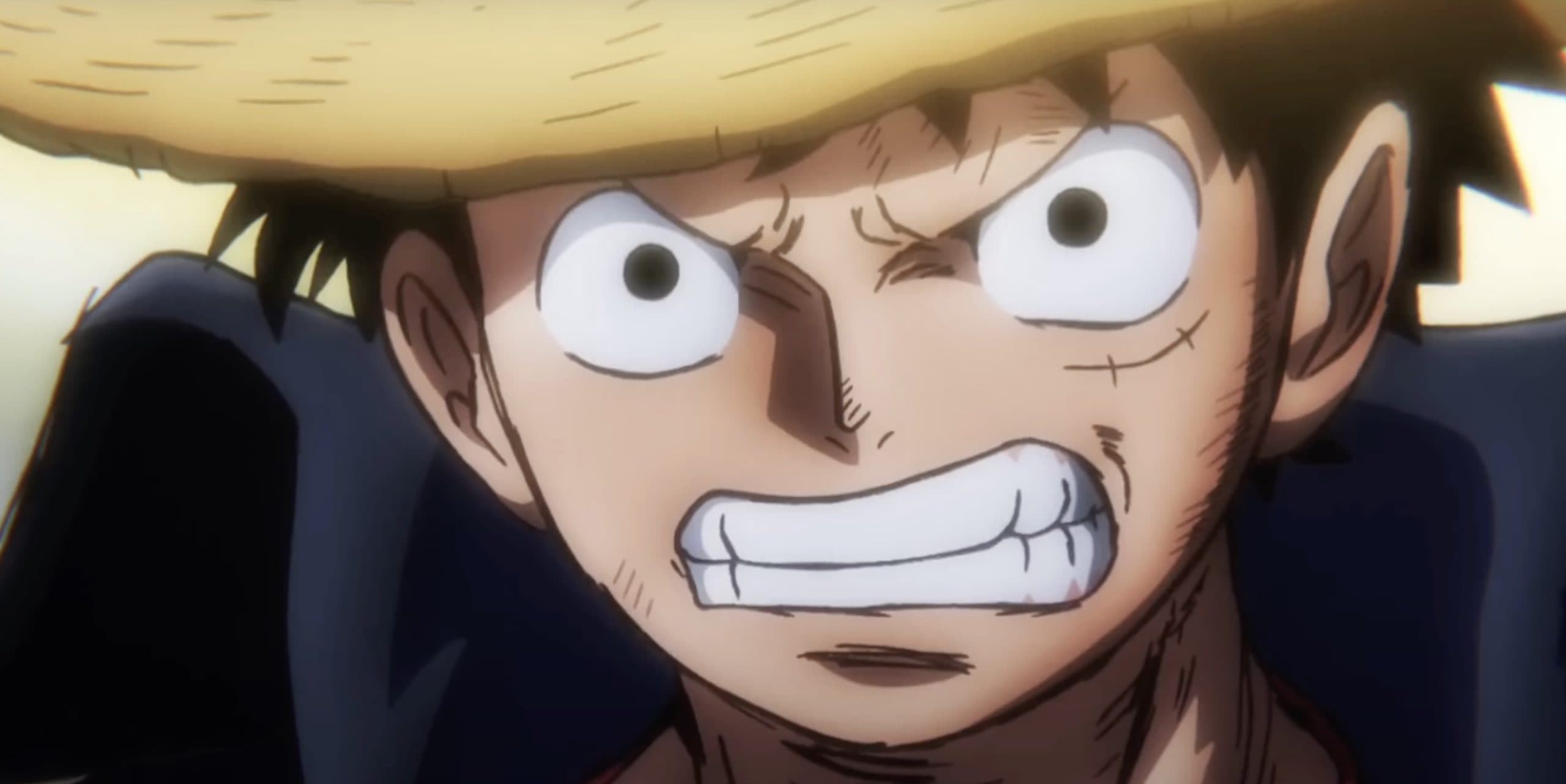
One Piece regularly emphasizes moral ambiguity over the label “pirate,” portraying not only cruel villains but also individuals who refuse to submit to the World Government’s often morally ambiguous authoritarian rule.


